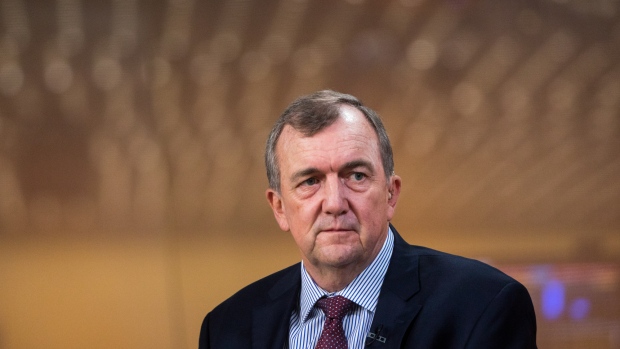Feb 13, 2019
‘Anything profitable in Canada helps,’ Barrick CEO Bristow says
, BNN Bloomberg

The newly-appointed chief executive officer of Barrick Gold Corp. has his eye on Canada as the world’s largest publicly-traded gold producer aims to grow its investments in the country.
“Right now anything profitable in Canada helps, because positive cash flow is important [and] we’ve got a big tax shield and we’ve got expenses here in Toronto,” Mark Bristow told BNN Bloomberg’s Andrew Bell in an interview Wednesday, after the company reported a loss for its fourth quarter.
Despite being headquartered in Toronto, Barrick operates just one mine in Canada – its Hemlo project located 350 kilometres east of Thunder Bay, Ont. and has produced more than 21 million ounces of gold in its 30-year lifespan. Bristow said Barrick focused on returning Hemlo back to profitability.
“We’ve really focused on that; we’ve got a new team there,” he said. “I’ve got no doubt that we’ll make good progress to bring it back to profitability.”
In November, shareholders of Randgold Resources Ltd. voted in favour to merge with Barrick, in a US$6.1 billion deal which was first announced in September. The combined company adds gold mine properties in Mali, Senegal, Ivory Coast and the Democratic Republic of Congo to Barrick's portfolio.
The deal also saw Bristow, who had been the Randgold chief executive since 1995, move to the top job at Barrick.
In late 2018, Barrick laid off nearly 95 staff members at the company’s head office in Toronto, leading analysts to question the company's future in Canada. Even though Bristow resides outside of the country, he has said the miner’s corporate office will stay put.
Bristow added it’s important for the company to understand the Canadian mining industry and reiterated his stance that Barrick has underinvested in the country.
“People say I have this view that we are for some reason anti-Canadians, it’s nonsense,” Bristow said. “It’s the heart of mining – global centre of mining.”
Earlier in the day, Barrick, which keeps its books in U.S. dollars, said it lost US$1.2 billion or US$1.02 per share for the quarter ended Dec. 31 compared with a loss of US$314 million or 27 U.S. cents per share in the same period a year earlier.



